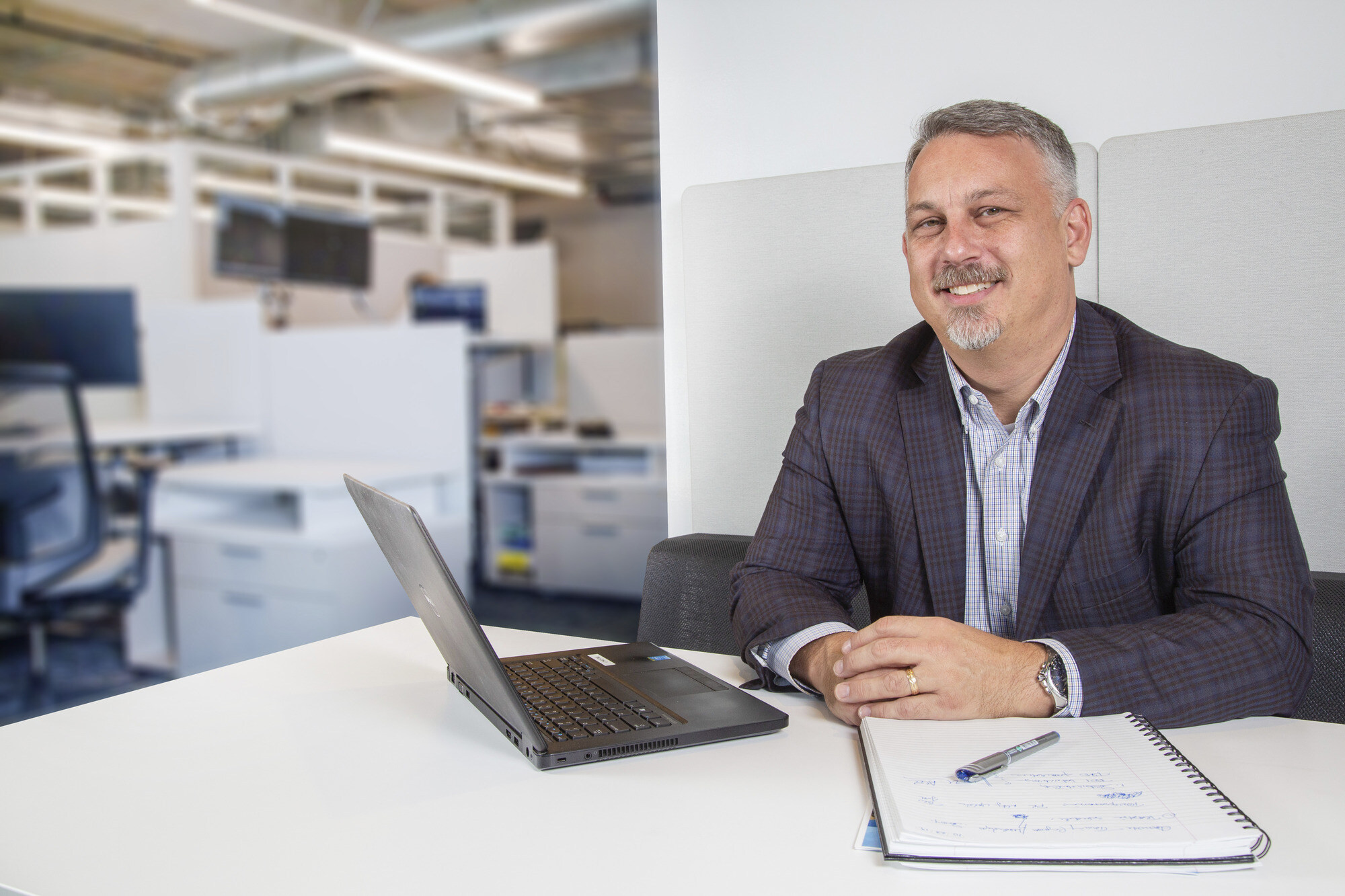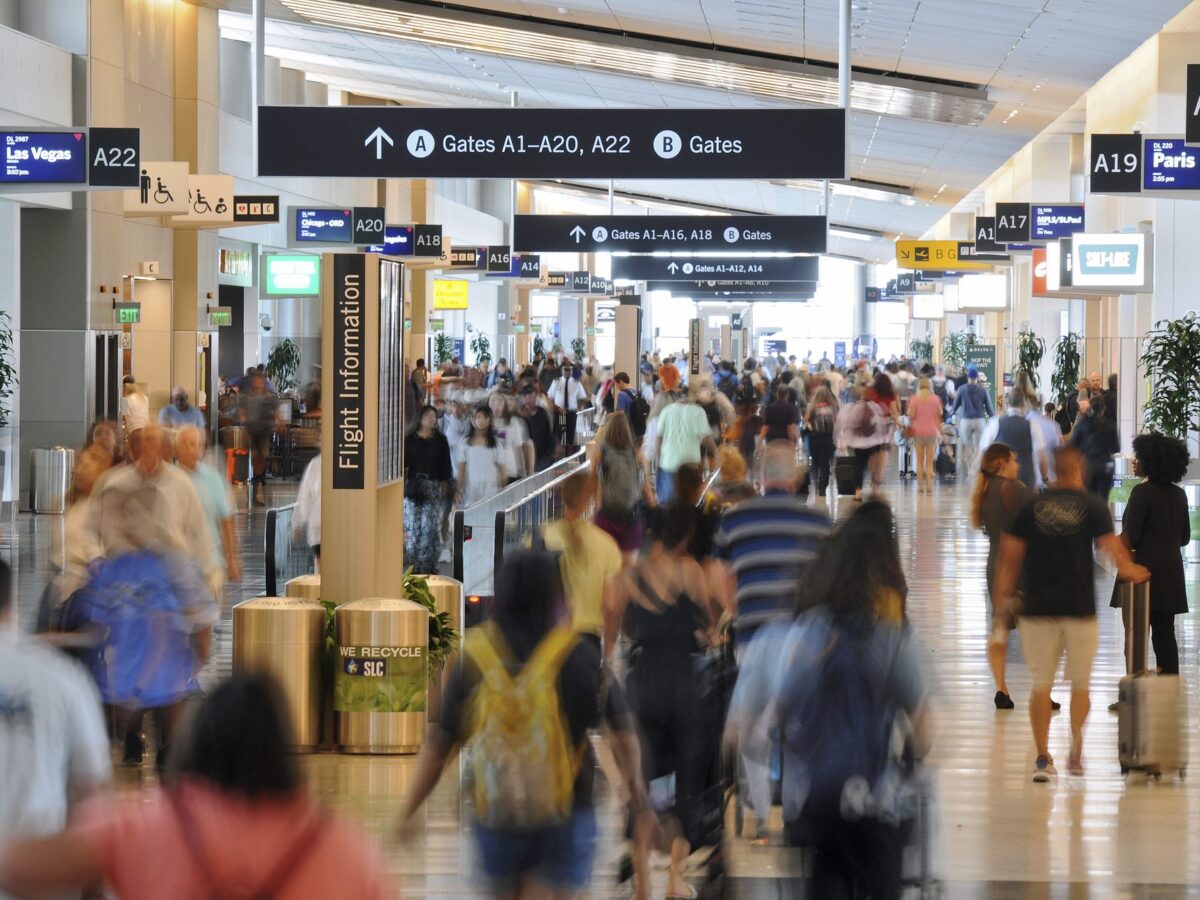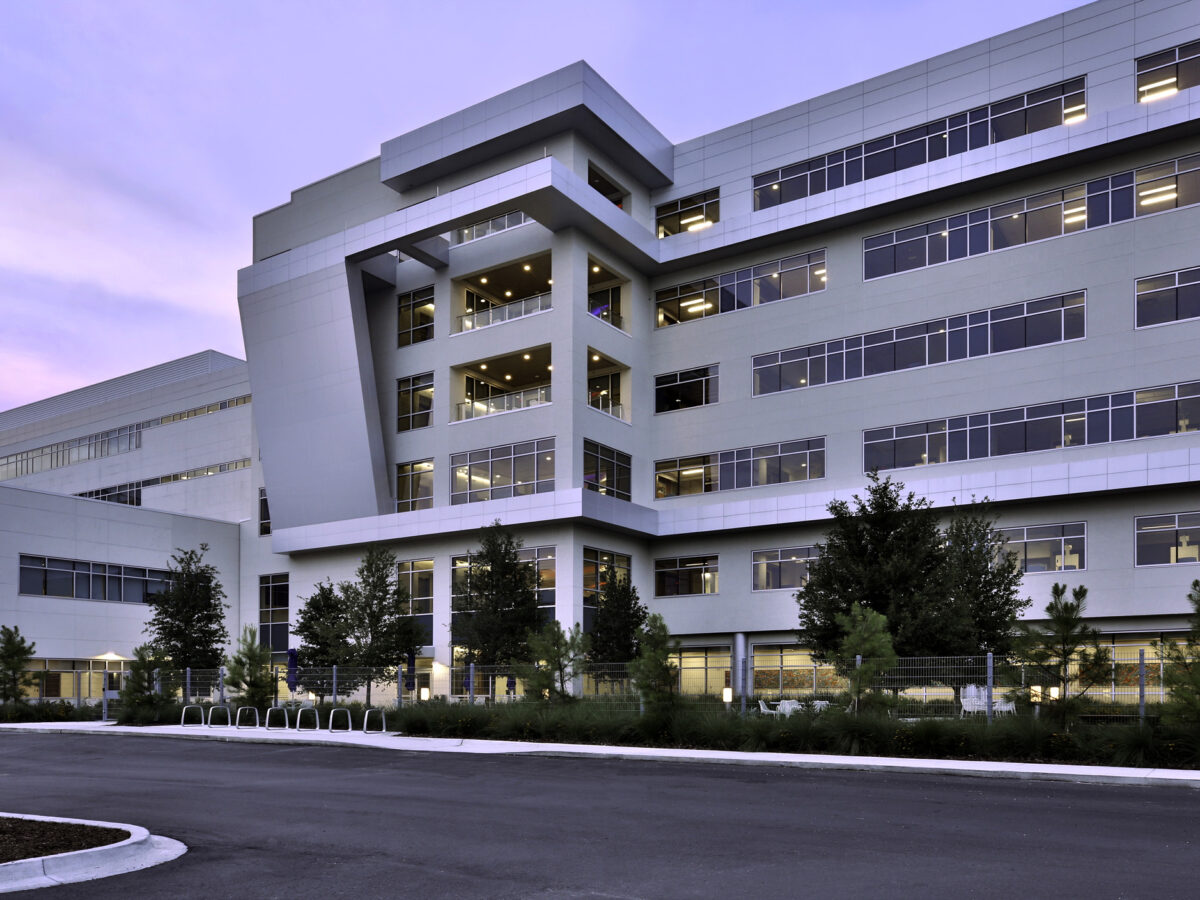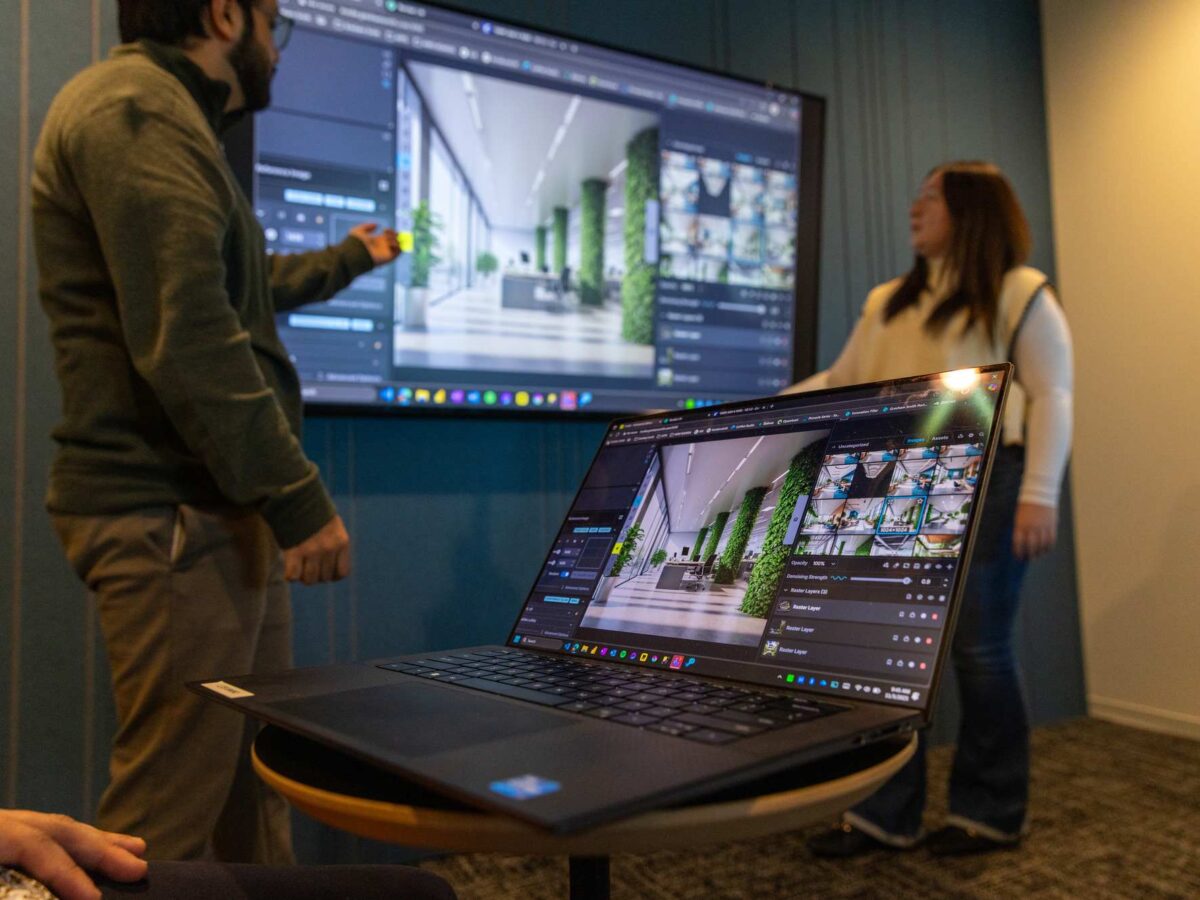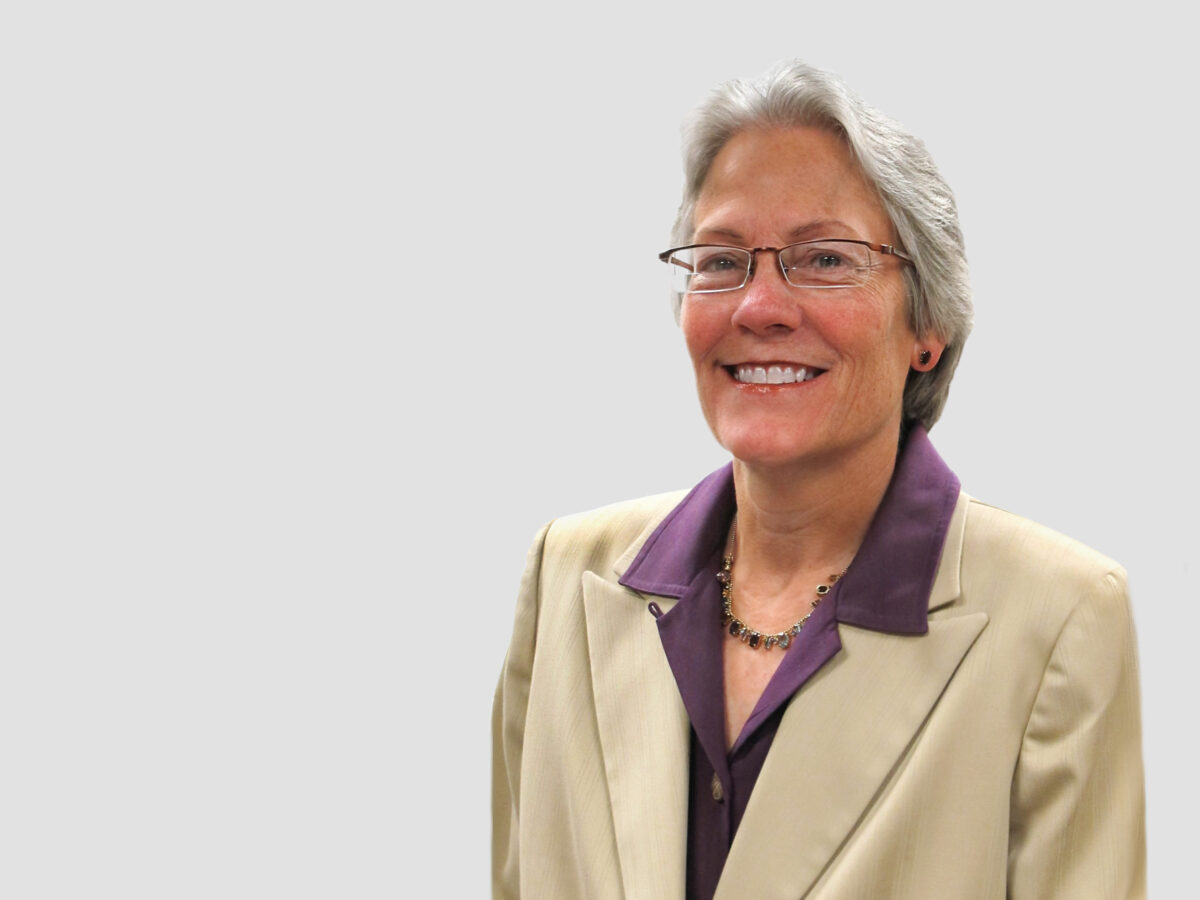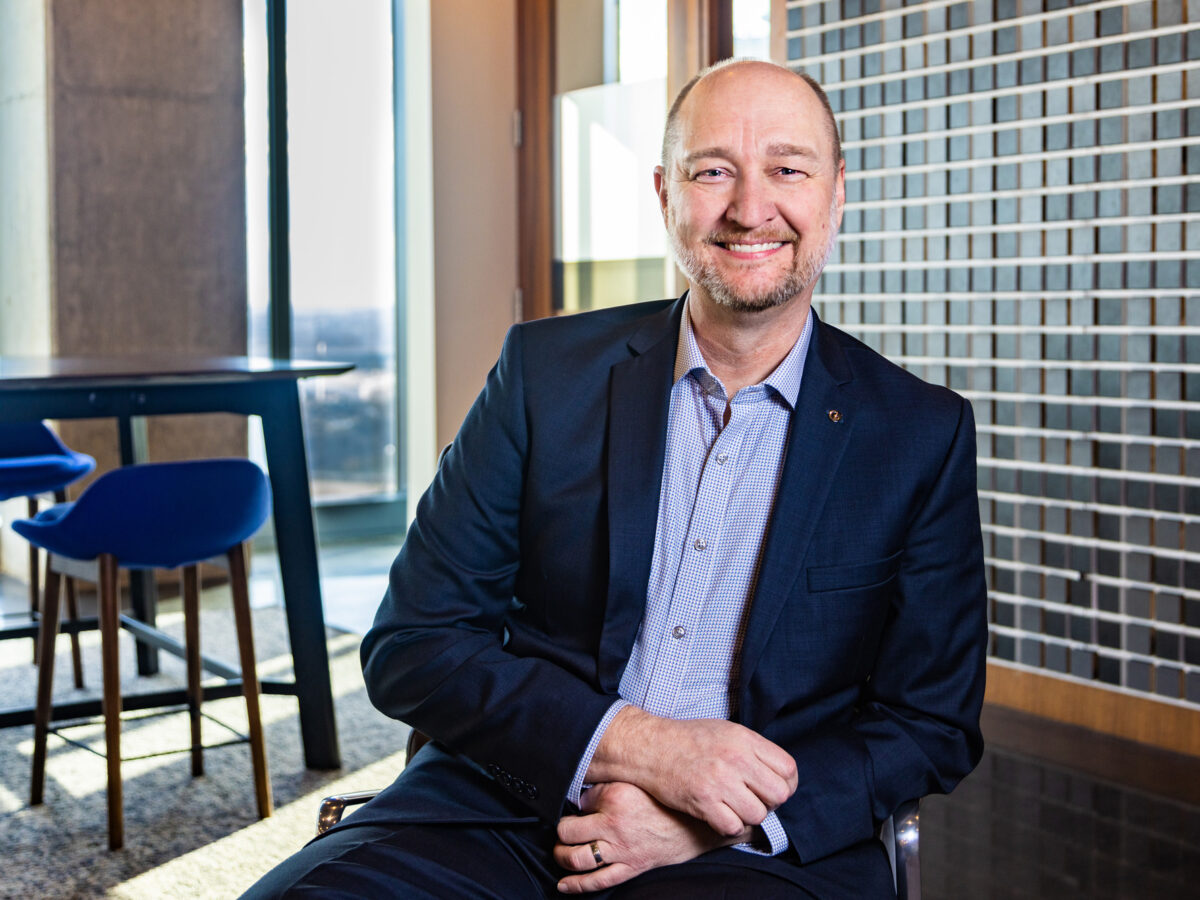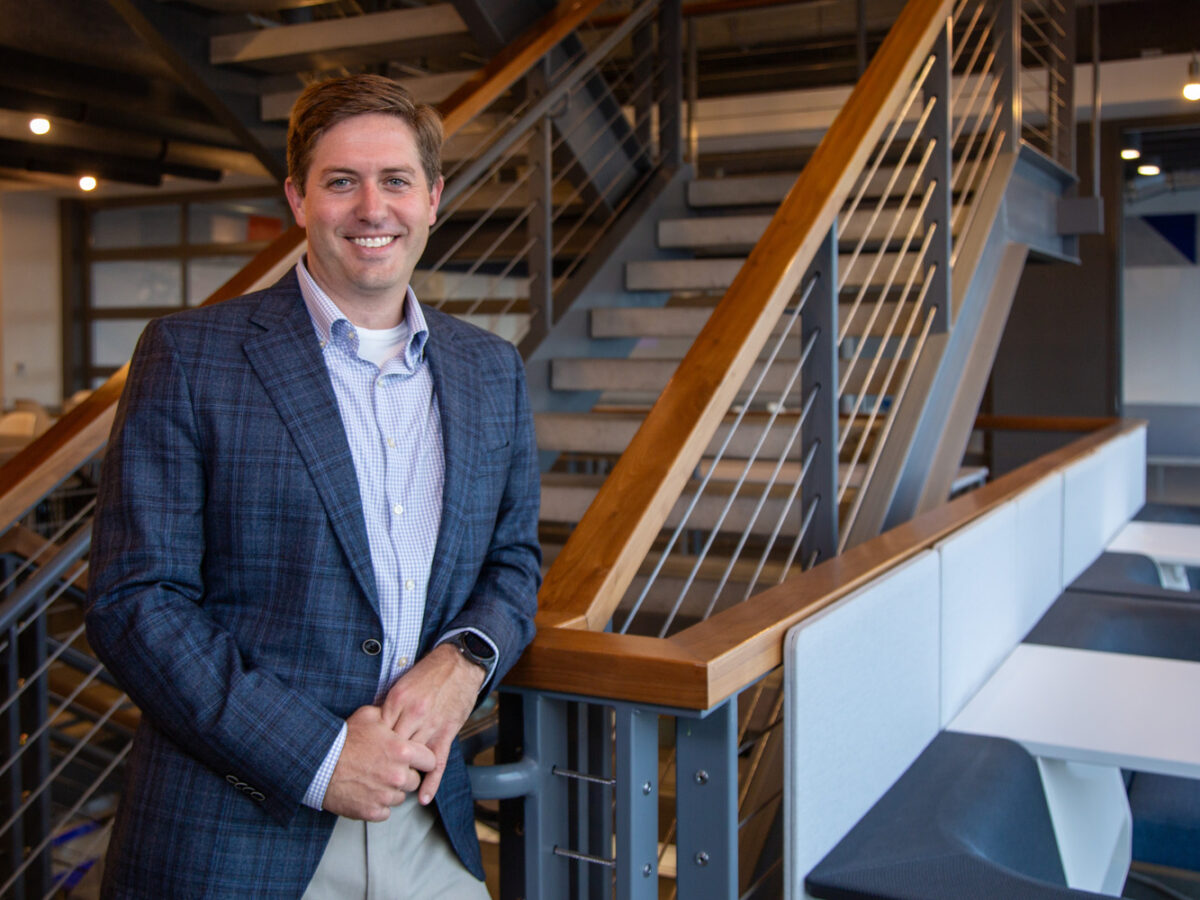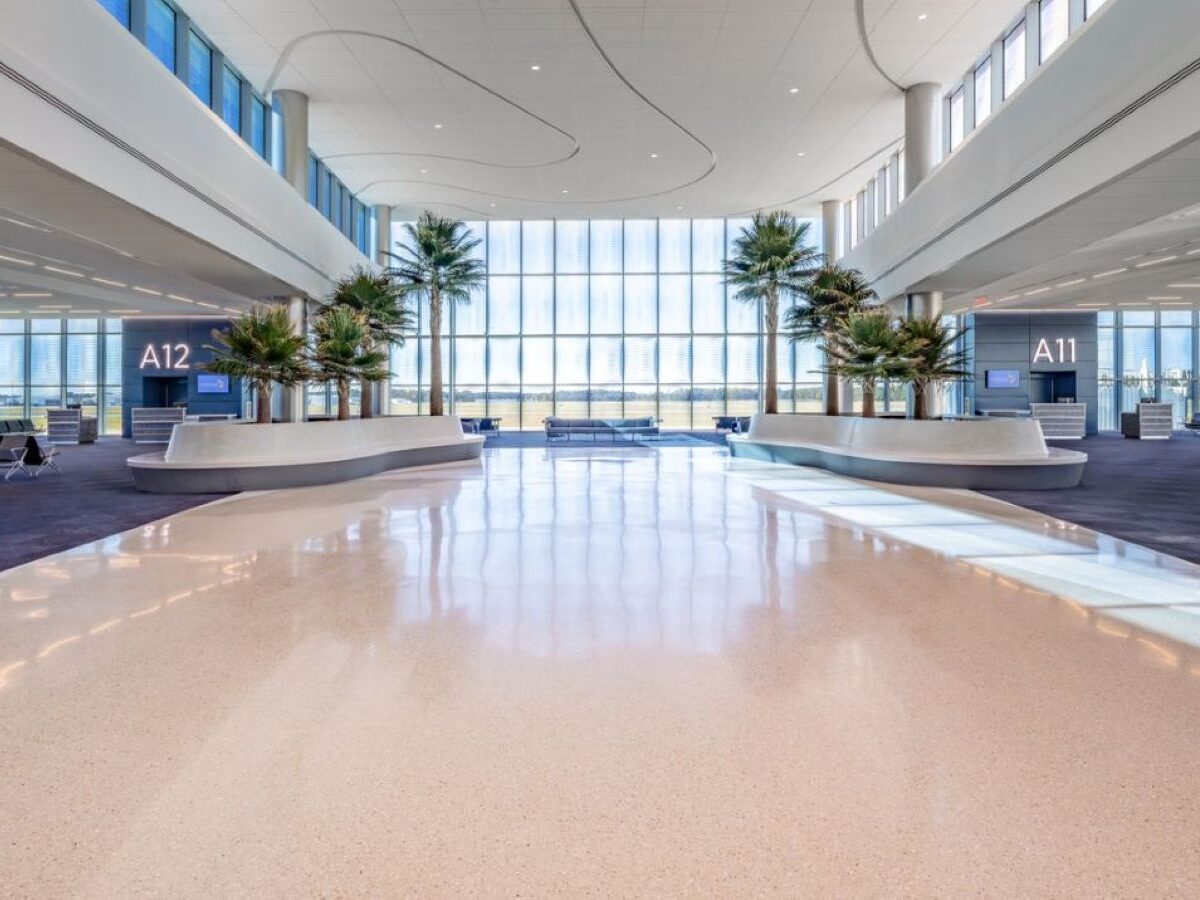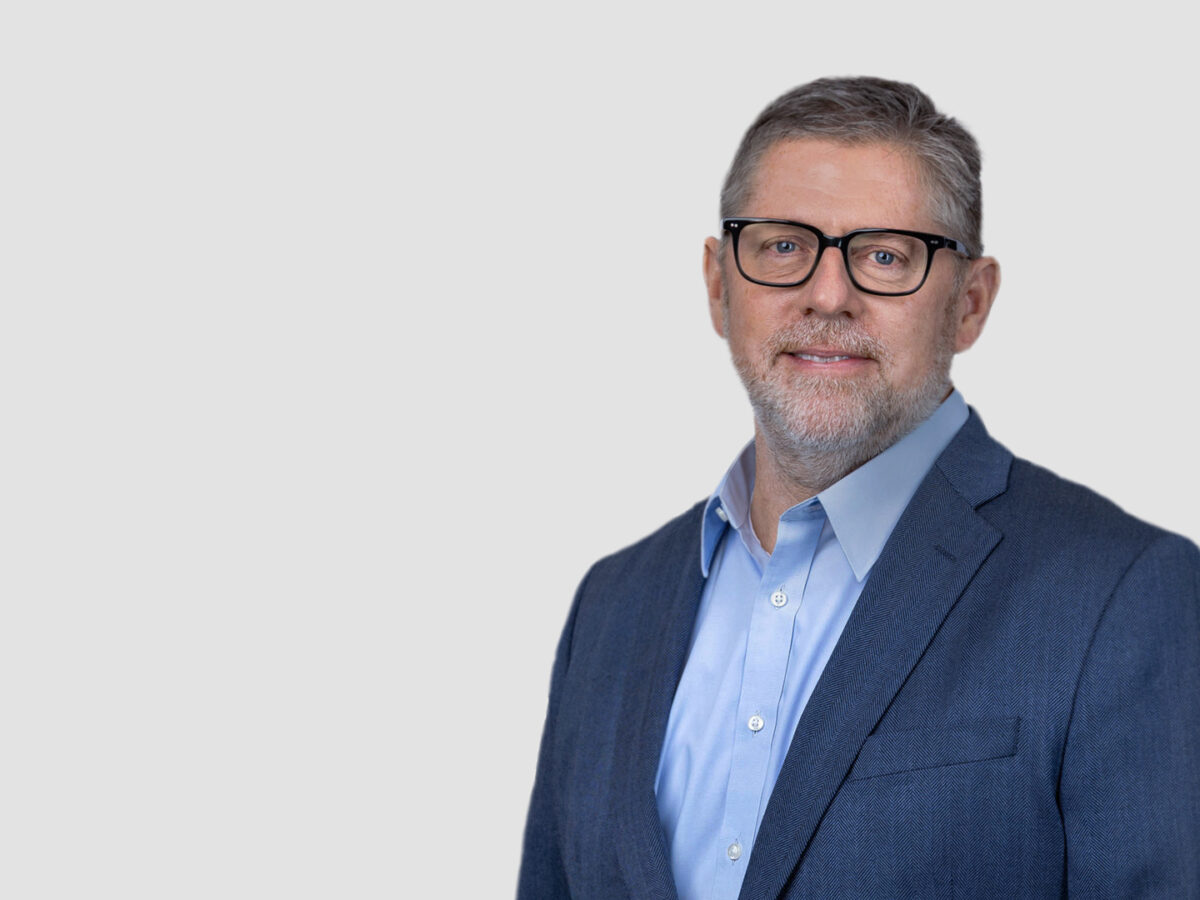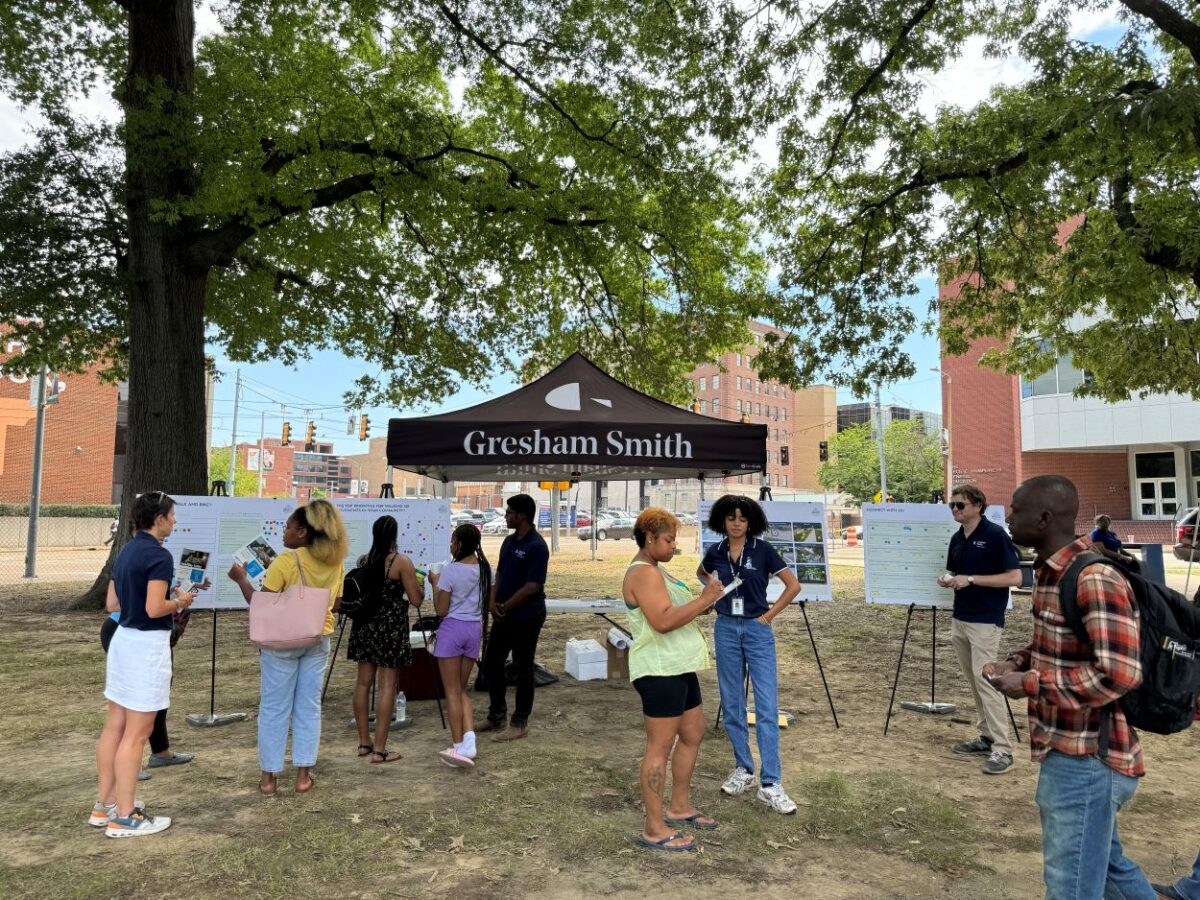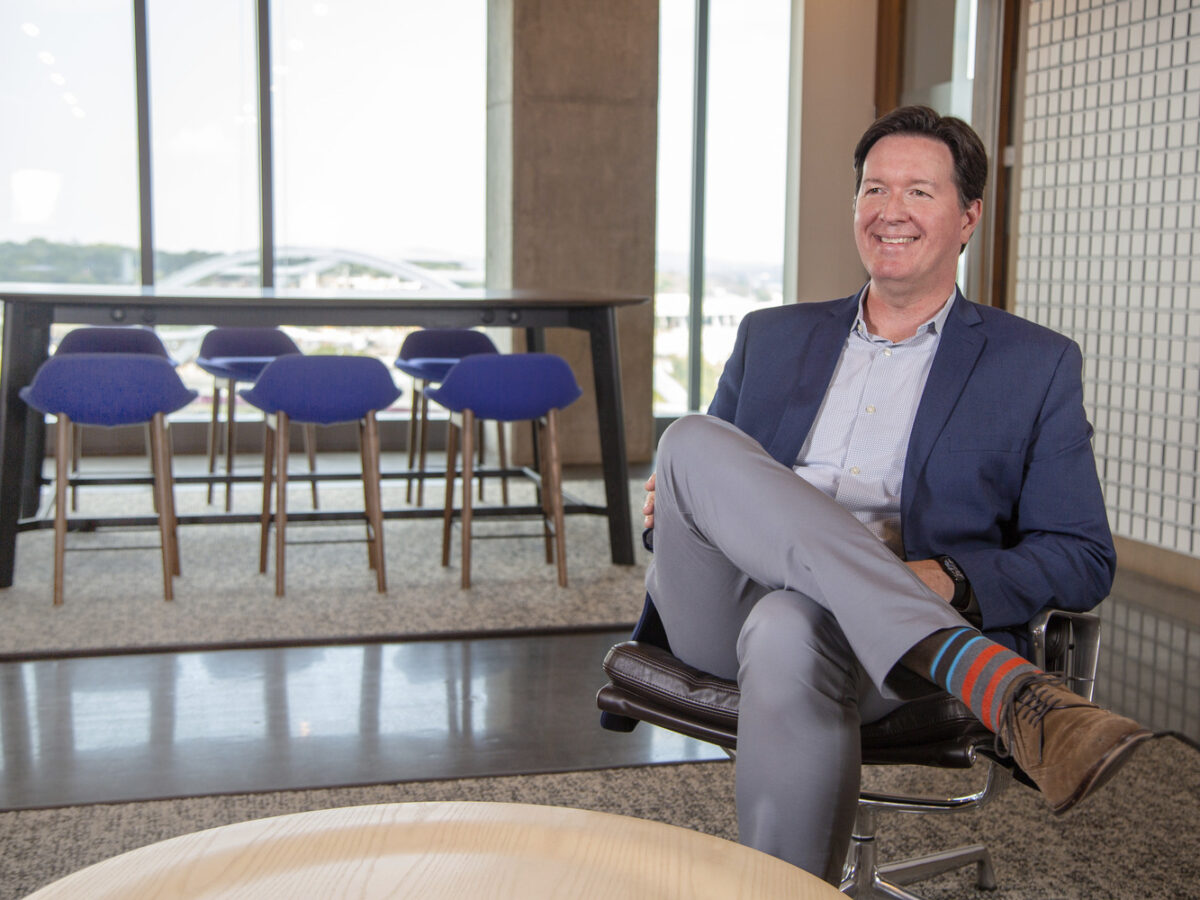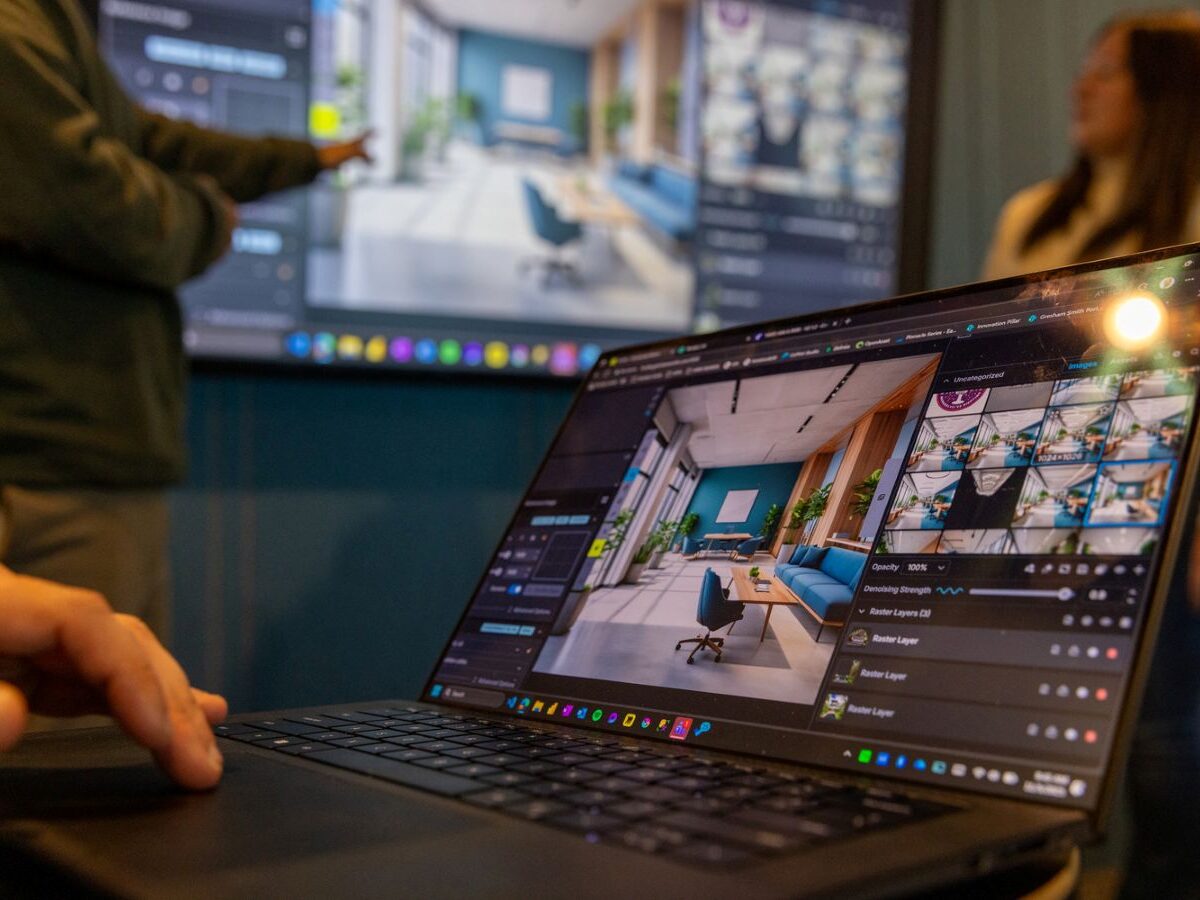Note: This article first appeared in the Nashville Business Journal’s Executive Insights series.
Quality of life is an important part of what makes Nashville such a special place to live, work and play. Transportation greatly affects that quality of life. Many unique aspects of Nashville such as the historic nature of the city with its inherited infrastructure, rapid population growth and wide variety of stakeholders contribute to transportation challenges.
As safety remains a top priority for the city, increased connectivity and decreased traffic congestion are top of mind for many travelers. Nashville Business Journal Market President and Publisher Lori Becker recently hosted a panel discussion with Robbie Hayes, Director of HNTB, and Andy Lucyshyn, Regional Transportation Leader at Gresham Smith, to learn more about the opportunities at hand to shape Nashville’s transportation infrastructure for the future.
Navigating fast growth
Becker: Record growth has been the biggest story of Greater Nashville for many years. The resident population in the Nashville MSA has increased 52% in the past 20 years. Robbie, how does that much population growth challenge our region overall?
Hayes: Record growth is certainly going to be a challenge to existing infrastructure that wasn’t built to accommodate it. However, that presents a great opportunity to make improvements based on that growth to help shape the future of the region. The increased population also helps support additional revenue. We have more opportunities to be strategic in our investments, whether that’s using various methods of funding or delivery. That will allow us to better meet the growth issues that are happening within the city and across the region.
Becker: With that level of growth, it’s put a lot of pressure and attention on the city’s transportation systems in recent years. Robbie, what do you see as Nashville’s most unique transportation challenge?
Hayes: Urban sprawl is one of the things that happens when a community is rapidly growing and there is not an adequate amount of housing. Our transportation needs to be multimodal to accommodate the community’s requirements as development continues to increase, especially in the business and entertainment districts. Reliable connectivity across the city and the region is vital. The “Choose how you Move” program and some of the creative programs from the Tennessee Department of Transportation (TDOT), such as their “choice lanes” and “P3’s (Public Private Partnership)” and “alternative delivery,” will help us course correct, possibly slow down and get us better aligned as we look at how infrastructure influences urban sprawl.
Becker: Andy, what do you see as the most pressing transportation challenge facing Nashville?
Lucyshyn: The greatest challenge is being able to accommodate the growth with a large variety of needs across Nashville. Urban sprawl is a challenge, as Robbie mentioned. Being able to provide access to all the residents amid this rapid growth is a challenge. What is different for Nashville than some of our countering cities, however, is the large mix of tourists and residents plus a large, downtown business district. We also have many corporate headquarters located in Nashville. When you intermingle all the events we have, such as large sporting events and entertainment, you have a greater challenge that is unique to this city.
There are many competing needs for transportation infrastructure, and it is a challenge to address all of those effectively, especially when you layer in the rapid growth. Having a good funding strategy is essential to making sure the communities are working together, sharing dollars whenever practical and collaborating on projects so that a single need might be met by multiple agencies rather than each of them working individually.
Nashville’s new roadmap
Becker: One of the first priorities for Nashville Mayor Freddie O’Connell when he took office was to take a transit referendum to voters in his first year. Andy, what do you see as some of the early wins the city can deliver to demonstrate progress and build public trust in Nashville’s transit transformation?
Lucyshyn: Funding is often the constraint to getting projects moving ahead. With the recent transit referendum, that has been alleviated somewhat. Early wins that show some progress can be achieved without having to do large infrastructure projects right out of the gate while those funds are accumulated. For Nashville, making transit more accessible, reliable and convenient will be the key elements to making sure people consider it as a method of transportation. We also need safe and accessible transit hubs that are dedicated spaces with good lighting to encourage ridership.
We also need to keep the community engaged. People need to know that their voices are being heard and that their input is being considered, which is something that has been done very well to this point and needs to continue moving forward. There is also a need for promoting the value of having a public transit system and expanding that awareness.
Becker: Robbie, one concern I hear often is the need for a regional approach to transit. What’s an immediate idea that could significantly improve transportation throughout Nashville and the surrounding Metro area?
Hayes: We have a great opportunity to continue to build off some of the regional service that is already provided by WeGo Transit/Regional Transportation Authority of Middle Tennessee with higher frequencies, more routes and more stops. We also need to understand where the gaps are within the other transit systems across the region. We have leaders getting organized around that initiative. Having that understanding is really going to help us identify where enhancements can be made and further develop a regional, connected network. We will have a better understanding of where the gaps exist and how we can help close those gaps.
On the development side, there is a great opportunity to connect transit with development in Nashville and the region. That will allow for increased mobility opportunities that will further demonstrate the benefit of regional service, which can in turn encourage more opportunities. Working together is something Nashville does best. Developers, legislators, public agencies and businesses must continue to collaborate and have an open dialogue about infrastructure needs.
Shifting behaviors
Becker: They say, “If you build it, they will come.” Is that true of transit? Andy, with the mayor’s new plan, how can Nashville use this opportunity to influence how people get to work or attend downtown events?
Lucyshyn: It begins with a traditional, comprehensive marketing campaign. It’s not necessarily the infrastructure; it is getting the information out to the public to help them understand the value and then working with stakeholders in the area. That is how you influence behavior. There are many different reasons why someone might take transit. Addressing those needs is something Nashville is going to do.
I think also working extensively with some of our large-scale events to integrate transit operations with those could be key. If event organizers could work with the transit system to help reduce the number of vehicle trips coming into downtown, that could alleviate some of the traffic congestion. Again, it comes down to communication with the end users. There are barriers to utilizing transit that could be relatively straightforward to overcome through education about things like how to pay, how often the transit stops and where and what riding on transit is like.
Becker: Robbie, it sometimes seems what people want most is for other people to use transit. What efforts, if any, can be made to reduce commuting congestion?
Hayes: Having a good, multimodal system that offers more opportunities to commute can help provide congestion relief. I don’t think anyone is under the impression that all-of-the-sudden we are going to give up our cars. It’s not only about shifting behaviors, but also about providing those options where people do not have to rely on one source of transportation all the time. Specifically, we need to look at how bus rapid transit is going to be able to be used. Then, we need to talk about pedestrian and bicycle travel and having safe infrastructure for those users.
There are advancements in technology that we are already seeing pay-off in a major way, not only in Nashville, but across the country as well. Intelligent transportation systems allow us to really leverage data to have informed decision making so that we can be better stewards of the dollar and smooth out some of the peak travel times as well.
Business, community involvement
Becker: Andy, large-scale transit plans often require intense coordination. How can the city effectively align with public agencies, private partners and the business community to ensure long-term success?
Lucyshyn: The good news is that long-term success is tied to continuing to do what they have been doing, which is communicating with each other and coordinating on projects. There is an interesting confluence in the way the roadway network of the ring around Nashville complicates things at times. There are major interstates there, but we also have a lot of events that are downtown and a lot of private partners. There is also still plenty of development to be done. The conversation between the transit agencies, the MPO, private developers and major event organizers needs to be ongoing.
Becker: Andy, similarly, what role does community engagement play in building a successful transit future for Nashville? How do we make sure the public doesn’t feel left behind?
Lucyshyn: It’s important to remember that the transit system isn’t for the government or elected officials; it is intended to benefit the end users, the people who are going to utilize it. Getting their feedback is essential to understanding their needs and what is important to them. The work didn’t stop once the referendum was passed. Clear communication should be a priority, and that means reaching out to the different neighborhoods and communities through town halls, workshops and informal gatherings. We can’t rely on a single source to communicate with the community. It takes reaching out across multiple channels to capture a good cross-section of the city.
Beyond the roads
Becker: Robbie, so much of the transportation discussion in Nashville is focused on daily commuters and road infrastructure. What should we focus on as it relates to aviation transportation and infrastructure for Nashville?
Hayes: Aviation is such a critical component of a healthy economy including the support of tourism. We must ensure there is a welcoming, efficient and comfortable experience, which I believe our airport does a great job of. That level of experience is not only a standard, but it is now what passengers expect. Being able to continue to maintain that high customer experience is critical. For any of us who frequently use our airport, it is clearly a treasured asset in our community. They do a great job of ensuring good customer experience, even amid the development and construction they have going on.
I do think there is an opportunity to focus more on mobility to and from the airport, particularly from major hubs or other assets across the city and region. As we continue to have this tremendous growth trajectory, there is both a challenge and opportunity in getting travelers in and out of the airport in an efficient manner.
Lessons learned
Becker: Robbie, are there any recent success stories of transportation solutions that have been implemented in other cities experiencing similar issues to Nashville that we could learn from here?
Hayes: One is what we call “choice lanes” here in Nashville that TDOT is looking to implement. They are called “express lanes” in other geographies. We have seen the benefit of users having the option to bypass congestion. That has shown great benefit to the individuals who opt into those lanes for a fee. For those that choose not to, you also see some relief for the general-purpose lanes. Another option that we have seen success with all over the country, particularly in the Southeast and the Sun Belt where other cities are also experiencing high growth, is the implementation of dedicated bus rapid transit lanes. Traffic signal priority or other technologies allow those systems to be better optimized to navigate high traffic areas with more efficiency.
We are also seeing the return of streetcars, light rail and pedestrian bridges. There are so many cool options for success. For a transportation nerd like me, it is fun to visit other places and ride a streetcar or take a pedestrian bridge. There is more than one way to get from point A to point B. We can look at those successes as well as lessons learned as we continue to grow and embark on this major journey with a huge transportation infrastructure push.
Becker: Andy, are there lessons from other cities that Nashville could apply to proactively improve safety and reduce traffic fatalities?
Lucyshyn: Safety is the No. 1 priority for the city. City leaders have developed a “Vision Zero” plan to strive for zero fatalities, regardless of people’s specific mode of travel throughout the city.
Nashville is unique already in terms of its wide variety of uses, but it is a historic city, too. As a result, we have narrow streets and sidewalks and very limited rights-of-way that tend to limit options. When we worked on Town Branch Commons in Lexington, Kentucky, we were able to implement a full-scale, complete-streets concept. The downtown area includes dedicated bike lanes, much wider sidewalks, improved crosswalks and improved lighting. Those aspects really make a huge difference.
Relative to vehicle traffic, calming measures such as speed bumps and roundabouts can be implemented. Traffic engineers can pull different things out of the toolbox that could have a positive impact on safety.
Transit advantages
Becker: Andy, beyond just moving people, how can better transit in Nashville drive economic benefits for businesses?
Lucyshyn: What we want for Nashville is for everyone to have the opportunity to take part in the success of the city and see a benefit from economic improvement. We have workers who need to park downtown. Parking is not inexpensive, assuming you can even find it. That can be a barrier to working downtown for many people because the cost of parking would negate what they earn for the day. Transit benefits businesses not only in terms of creating more pedestrian traffic and people patronizing those businesses, but also in supporting the people who work in those businesses.
Having a more robust transportation or transit network also provides more access to better-paying jobs. For example, we have Oracle coming downtown, which presents a fantastic opportunity for people to have a pretty life-changing increase in income for themselves and their families. Typically, when you earn more, you spend more, and you pay more in taxes. This creates a nice economic cycle where everyone is participating in the benefit, but then they are also paying to support the system. It is important to not only look at how individual businesses would benefit economically, but also how individual families can see real benefits as well.
Becker: Robbie, in what ways do improved transportation options improve communities in Nashville?
Hayes: Improved transportation options allow better access and better connection both in the city and to communities across the region. In turn, that will allow greater development potential and opportunities, which will attract and retain business. We have been very fortunate to see a lot of corporate relocations and we don’t want to turn our back on the great businesses we already have. Simply put, more reliable transportation will improve quality of life and that will help protect this community and what makes it such a special place to live, work and play.
